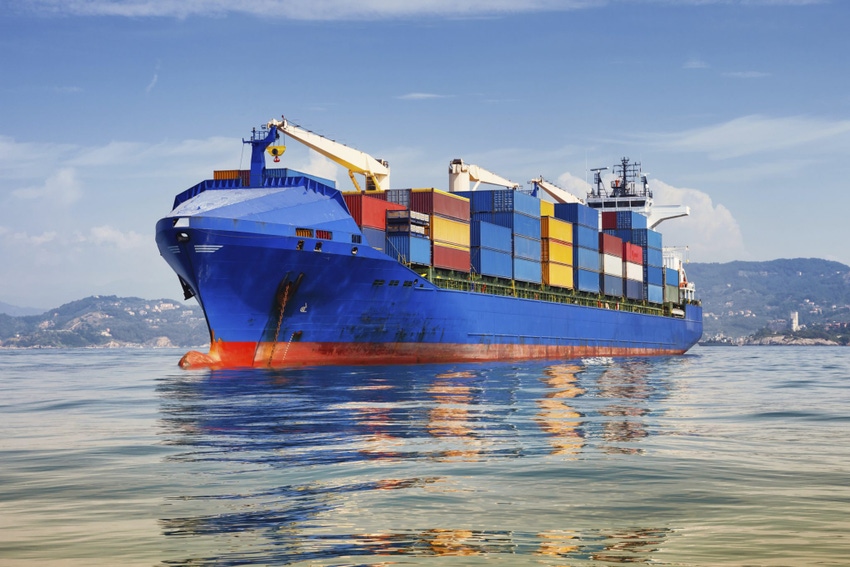Advances in container management tooling are leading operations to embrace CaaS as a solution to enable developers to containerize their legacy applications and then build microservices around them.
December 6, 2016

By Pino Vallejo
The rapid expansion of production container deployment in enterprises worldwide has led to a movement toward containers-as-a-service (CaaS) over traditional Platform as a Service (PaaS) solutions. Advances in container management tooling are leading operations to embrace CaaS as a solution to enable developers to containerize their legacy applications and then build microservices around them. This trend will rise rapidly in 2017, driven by increased collaboration across IT disciplines and enthusiasm surrounding containerization even at the board level.
2017 will be the true tipping point for CaaS, with virtually all companies running at least some containers in production and porting legacy applications to containers. This will drive production deployments from 30-50 percent (as estimated by various polls in 2016) of enterprises to 75-90 percent.
Rising confidence in container security, to the point that developers consider containers more secure than alternative technologies, will drive an increase in the use of CaaS, displacing legacy PaaS approaches to application development and deployment. This requirement for integrated security at every phase of the software supply chain will rise to the surface in the upcoming year.
The increase in production deployment and adoption across verticals and geographies will continue to drive a wave of opportunity for systems integrators and resellers with CaaS expertise, accelerating the need and opportunity cross-platform integration and associated training. Because CaaS solutions are more flexible, integrators will have the opportunity to optimize for the organizations that they work with through integrations with their existing tools in the realm of networking, monitoring, storage, etc. This will give them the opportunity to build a practice on CaaS.
An increasing number of traditional IT leaders will integrate container offerings with their core platforms bundling training and support. By the end of 2017, server, cloud, management and IT infrastructure leaders not having bundled commercial container offerings with their own platforms will compose a minority.
The coming year will be one of unification among container vendors, with strong contributions from de facto leaders making more core capabilities available to all as open source, and differentiation being established farther downstream, closer to the end user. At the high end of the market, Fortune 100 enterprises with strong container adoption and deployment strategies will drive cooperation, rather than increased competition, from container leaders.
About David Messina
As the SVP of Marketing, David is responsible for orchestrating all marketing and communications activities for the Docker community and the enterprise market segment. In his role, David is focused on building awareness, communicating Docker’s value and driving customer demand. Prior to Docker, David was SVP of Marketing and Product Management at Xangati where he was responsible for directing the roadmap and market direction for Xangati’s product suite in addition to forging strategic partnerships with industry leaders. Prior to Xangati, David held product marketing and marketing communications executive positions for CoSine Communications and Bay Networks (acquired by Nortel Networks).
You May Also Like
